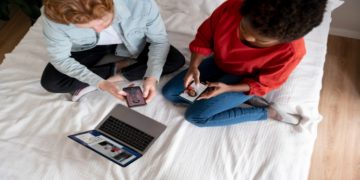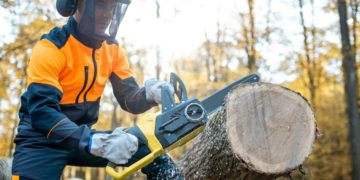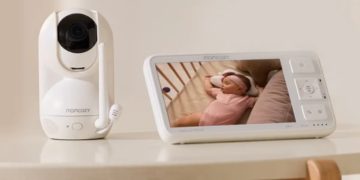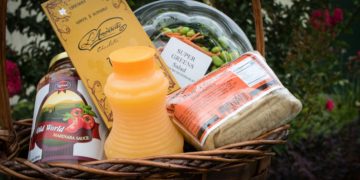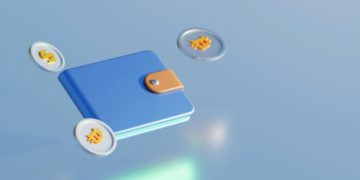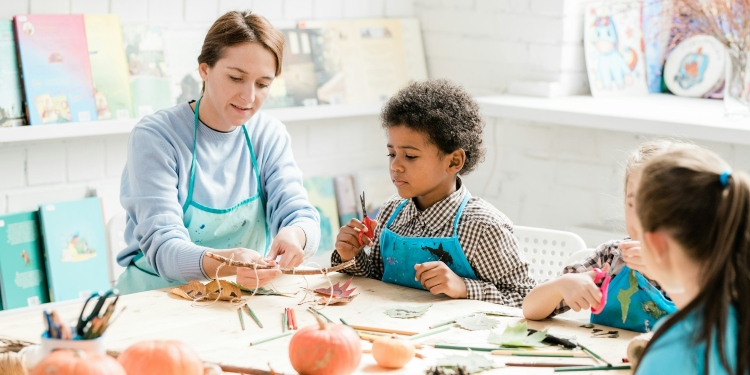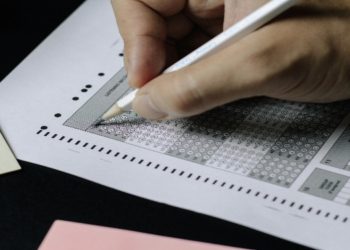Fostering creativity in children through hands-on projects provides essential developmental benefits that extend far beyond the craft table. When children make things, they develop problem-solving skills, enhance fine motor coordination, and build self-confidence. Creating something tangible gives children a sense of accomplishment that boosts their self-esteem. Many parents are discovering the value of incorporating regular creative sessions into their routines as a way to limit screen time while encouraging imagination and practical skills development.
Materials to Keep on Hand
A well-stocked craft corner encourages impromptu creativity. Basic supplies should include construction paper, child-safe scissors, washable markers, and non-toxic glue. You should also keep items like fabric scraps, yarn, popsicle sticks, and containers on hand. Organisation is key — clear bins labelled with pictures help younger children identify and access materials independently. Safety should always be paramount, especially when working with adhesives. Parents should be ready to tackle mishaps, like knowing how to remove super glue from fingers using warm, soapy water if accidents occur during more complex arts and crafts projects.
Creating a Dedicated Space
Designating a specific area for creative activities helps children mentally prepare for focused project time. You don’t need an entire room for DIY projects — a corner of the kitchen with a washable tablecloth or a craft trolley on wheels works perfectly. Good, natural lighting is also essential. Consider investing in a sturdy table where children can work comfortably. Vertical storage solutions like pegboards or wall pockets maximise space while keeping crafting supplies visible and accessible. This dedicated area shows children their creative work is valued.
Recycled Material Masterpieces
Teaching children to see potential in discarded items cultivates environmental awareness while stretching their creativity. Cardboard tubes from paper towels can become everything from rocket ships to rain sticks. Empty cereal boxes transform into puppet theatres. Plastic bottles become planters, bird feeders, or sensory toys. Egg cartons serve as palettes, jewellery boxes, or the base of miniature gardens. By reimagining household waste, children learn that creativity often comes from working within limitations and finding new purposes for everyday objects.
Nature-inspired Projects
Nature-based crafts foster kids’ love for the environment. Thankfully, the natural world provides free, ever-changing materials. Create patterns using leaf printing with tempera paint. Collect and press flowers to make bookmarks or framed art. Transform ordinary rocks into decorative objects or story characters. Bee-themed activities for kids and toddlers offer wonderful opportunities to learn about pollination while creating a bee hotel from simple materials. Or you could attract wildlife for observation by making pine cone bird feeders coated with peanut butter and seeds. Activities that combine outdoor exploration with artistic expression are multisensory learning experiences. Be prepared for the occasional muddy footprint – it’s all part of bringing nature’s creativity indoors!
Sensory Play Activities
Engaging multiple senses through DIY projects enhances cognitive development. Homemade playdough scented with essential oils or spices offers aromatic and tactile stimulation. Water beads provide fascinating visual and textural exploration. Kinetic sand recipes using simple kitchen ingredients keeps children busy for hours. These home-based family activities are particularly beneficial for children with sensory processing issues.
Edible Art Projects
Turn your kitchen into a creative learning lab with delicious culinary projects. Let younger kids decorate cookies or cupcakes, introducing colour mixing and pattern concepts while sneaking in math skills through measuring ingredients. Challenge older children with fruit and vegetable sculptures, transforming healthy snacks into playful creations. Explore food science by making homemade pasta in various shapes and colours, or encourage nutrition through artistic “picture plates”. These edible projects integrate multiple learning areas and develop practical life skills while encouraging more adventurous eating habits. Just be prepared for the occasional flour fight — after all, the best family memories are often a little messy!
Creative STEAM Experiments
Transform your home into a mini science lab with creative science, technology, engineering, art, and maths (STEAM) projects that educate and entertain. Grow dazzling crystals to demonstrate chemical processes or whip up homemade slime to explore polymers and reactions. Build a volcano model to combine construction skills with dramatic eruptions, or capture shadow art using solar print paper to reveal photosensitive magic. STEAM projects appeal particularly to children who might not typically choose artistic activities, bridging interest areas and showcasing the creative side of scientific inquiry. Consider theming your experiments around “future inventions” or “Earth’s wonders” to make them even more engaging.
Documentation Methods
Preserving the creative journey helps children recognise their growth and development over time. Creating a simple portfolio with photographs and brief descriptions of completed projects or digital slideshows of projects builds literacy skills and demonstrates the value of process over perfection. A great way to develop communication skills and boost confidence is to record video tutorials where children explain their techniques and processes. You could also create a family creativity journal together with samples, sketches, and reflections.Weaving regular creative sessions into your family routine can establish meaningful traditions that children will cherish well into adulthood. Set up weekly “creation stations” — you’ll be amazed at how these simple yet intentional activities create lasting memories. Collaborate on monthly family projects or introduce annual handmade gift exchanges to nurture thoughtfulness and planning skills. These consistent creative practices strengthen family bonds and establish creativity as a valued part of your family’s identity. Ready to turn your home into a creativity hub and start building those unforgettable family moments?
David Prior
David Prior is the editor of Today News, responsible for the overall editorial strategy. He is an NCTJ-qualified journalist with over 20 years’ experience, and is also editor of the award-winning hyperlocal news title Altrincham Today. His LinkedIn profile is here.

